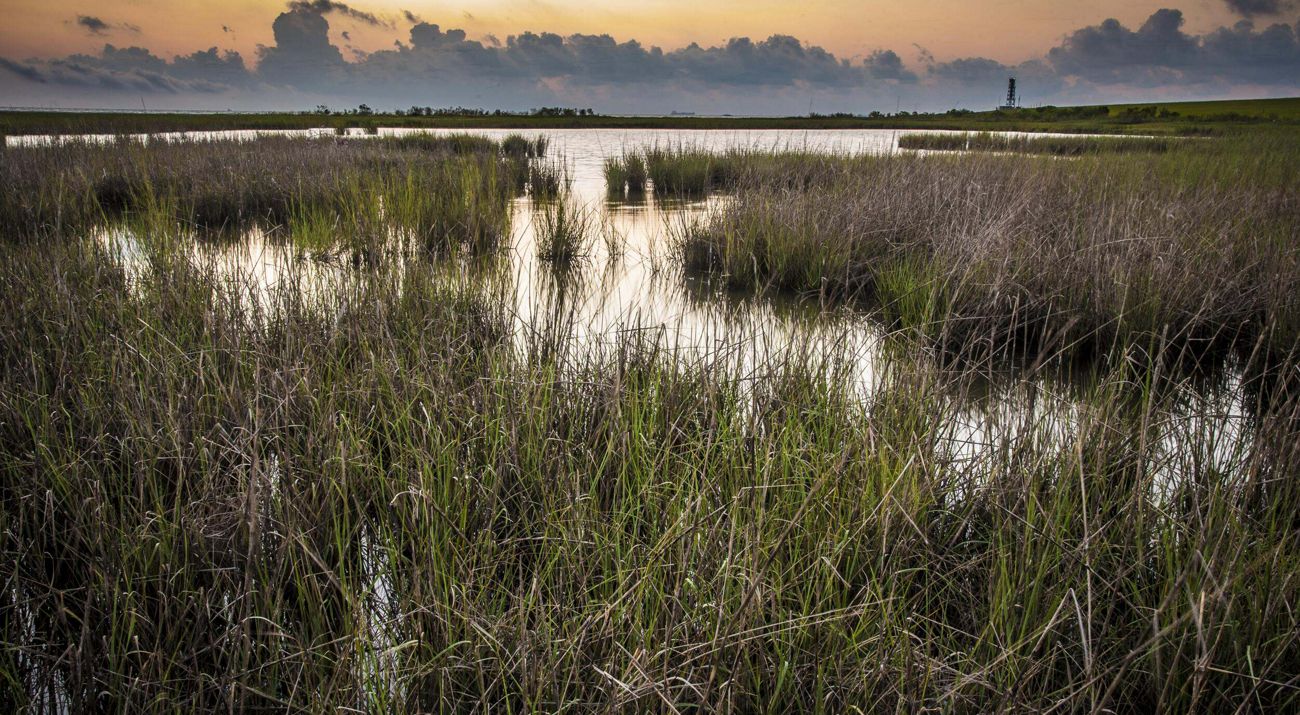TPL worked with the Houston-Galveston Area Council (H-GAC) and a diverse group of stakeholders to develop the West Fork San Jacinto Watershed Greenprint. Through community engagement and stateof-the-art computer modeling, the Greenprint blends community priorities with science and research to identify lands with the highest value for voluntary conservation.
Work on this Greenprint began in the spring of 2015, and the Greenprint was finalized in the summer of 2016. The goals of the Greenprint are to (1) Protect water quality and (2) Provide access to water-based recreation.
The Overall Greenprint priorities map (page 24) highlights over 101,000 acres that are the highest priority for voluntary conservation because they would best meet these goals.
Year Published: 2016
State: Texas
Landscape Context: Inland
Housing Density: Suburban, Rural
Funding Type: Private
Habitat Focus: Water
Organizations Involved:
The Trust for Public Land and the Houston-Galveston Area Council.
Values:
Water Quality, Recreation
Stakeholder Involvement:
Stakeholders were involved; stakeholders were convened five times over the course of one year and local residents were polled and interviewed.
Planning Process:
The planning process followed the below steps:
- Constituency building and community outreach—reaching out to and convening stakeholders, identifying community values, establishing conservation criteria
- Data gathering and analysis—understanding existing conditions, assembling local GIS data, creating GIS models, ranking goals and criteria, translating models into opportunity maps
- Implementation strategies—identifying practical strategies for implementation, developing an action plan.
Desired Outcomes:
Help the communities in the study area plan for a future that balances development pressures with protection of important resources, particularly water quality; and help foster a strong foundation for economic growth by setting priorities for preserving natural and recreational resources that are critical to local quality of life.
